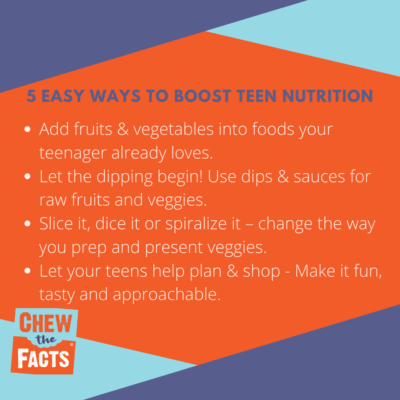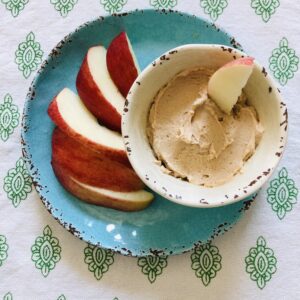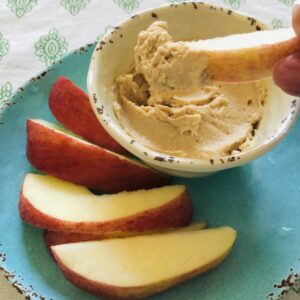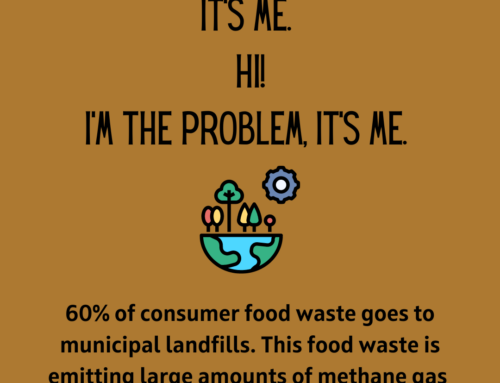According to the Dietary Guidelines for Americans, the U.S. Department of Agriculture calls for a minimum intake of 1.5 cups of fruit and 2.5 cups of vegetables for girls 14 to 18 years old and 2 cups of fruit and 3 cups of vegetables for boys in that age group.
You may be thinking, wow, 2 cups – that’s not happening. I’d bet lots of parents would agree that getting teenagers to eat enough fruits and veggies may be harder than getting toddlers to do it. How can you make it easier for your teen to reach that goal? Two words: Easy and tasty.
US Youth Eating Behavior
The Youth Risk Behavior Surveillance System (YRBSS) monitors prevalence of youth health behaviors that contribute to risk of disease or death. A recently published analysis of the YRBSS showed that teens are not meeting their mark for fruit and veggie intake.
The researchers analyzed a 2017 youth risk surveillance that showed that only 7.1% of high school students nationally met the recommended intake for fruits, and only 2% met the recommended intake for vegetables. Click To TweetYikes.
Thirty three states had complete data and were included in the analysis. While results varied state to state, none saw a result where at least 10% that met recommendations for either category. For example, Connecticut was on the low end with only 4% meeting the fruit intake, while Louisiana was on the high end with over 9% meeting it. Kansas had a dreadful 0.6% for veggies while New Mexico students reported 3.7%.
Nationally, 7.1% of high school students met federal intake recommendations for fruits and only 2.0% met these recommendations for vegetables.
Let those numbers sink in a minute…
Varied and Complex
Granted, this data is based on a self-reported and anonymous survey that’s administered in schools. But it’s probably safe to say that kids aren’t lying about whether they eat fruit or not. Also, the recent analysis was pretty close to the results of a similar analysis in 2013.
The researchers had a few ideas as to why young people fall behind in recommended fruit and vegetable intake. However, it’s really pretty varied and complex. Some may be unable to access healthier foods at home. In turn, inexpensive, unhealthy foods are widely available. Some teens simply may not like the taste of fruits or vegetables.
I found it interesting for instance, that the analysis reported that high school boys reported a higher intake of fruit overall, 9.7% VS only 4.7% for girls. It also got me thinking about the current impact on fruit and vegetable intake. Now that many children and teenagers are attending school virtually from home, they may be missing out on nutrition. The National School Lunch Program includes fruit and vegetable options and 39% of high schoolers nationally participate in the program on average.

Practical Ways to Boost Produce Intake in Teens and Young Adults
- Add fat. The goal is to introduce vegetables in a way they will accept. There’s a misunderstanding that steamed or sautéed veggies are healthiest. Not true. Teens need the calories. Plus, fat adds flavor to veggies and can make them more appealing. Bread zucchini slices, spray with olive oil spray, and bake in a hot oven or an air-fryer. Try a cheese sauce over broccoli, or roast a sheet pan of veggies with olive oil.
- Start with what they already like. This is a concept that works for small children, but can work for teens too. Introduce a new food with one that is already accepted and appealing. For example, if your teen loves cheese quesadillas, try adding some black beans to the quesadilla or the salsa. Mix in more veggies to chili or stews. Try using fruit to make a salsa topping for fish or chicken. Is corn a favorite? Add some finely diced red peppers to it. Add dried fruit to salads or slaws that they enjoy.
- Change the look. I think the “sprializers” were game changers. They say we eat with our eyes, so maybe how you present veggies matters? It may also help in terms of texture. For instance, a minced bell pepper mixes in easily and isn’t as “noticeable” to your eye or your mouth compared to big chunks of pepper. Try mixing pasta noodles with half “zoodles” or other spiralized squash. You can buy these veggies pre-cut, or you can invest in an inexpensive spiralizer and let your teen help in the kitchen.
- Involve your teen. Let you teen help with online grocery orders, or keep their own shopping list of items they want to try.
Tips for College Students and Young Adults
If you are a young adult reading this, it’s totally possible to eat healthy meals cooking food in one pan, an insta-pot or a microwave. Adding a fruit can be as simple as enjoying a 6 ounces of orange juice in the morning. Here are some tips to make it easier to include more veggies and fruit in your diet.
- Buy rotisserie chicken. When you get it home, you can either eat it as part of a meal, or debone it to use later. It’s easy. Get your hands in there and remove all of the chicken meat from the bones into a clean bowl. Portion it into freezer bags to use in other meals. Either freeze the bags up to 3 months or refrigerate up to 3 days.
- Build a better bowl. Start with ramen noodles, add pre-shredded carrots to the water, mix in some shredded rotisserie chicken, and boom, dinner.
- Use frozen vegetables – they are easy to grab and ready to go. Add those frozen veggies or spinach to your pasta dishes.
- Use canned fruit. They are affordable and have a long shelf life so you won’t waste them. You can use in smoothies, mix into yogurt bowls, or just have as a snack or side dish.
- Enjoy frozen meals – look for sales. They can also use them to supplement a meal. Since it may not be enough food or calories, they can always add more rice, beans or meat to them.
- Up your sandwich game. Add spinach, sliced tomatoes, peppers, add hummus instead of mayo…
- Stock tuna or salmon pouches. These are quick meal along with some bread, crackers and fruit. Or you can add to pasta or green salads.
- Add veggies to your smoothies. Sweeten them with berries or apples, but throw in a huge handful of spinach or carrots.
- Add canned beans to chili, salsa, or salads.
- Make a peanut butter dip for apple slices.

Easy Peanut Butter Dip
Ingredients
- 3 tbsp Plain non fat Greek yogurt
- 2 tbsp Creamy peanut butter
- 1/2 tsp honey
Instructions
- Measure ingredients into a small bowl. Stir with small whisk until well combined. Serve with sliced apples. Keep leftovers refrigerated.





